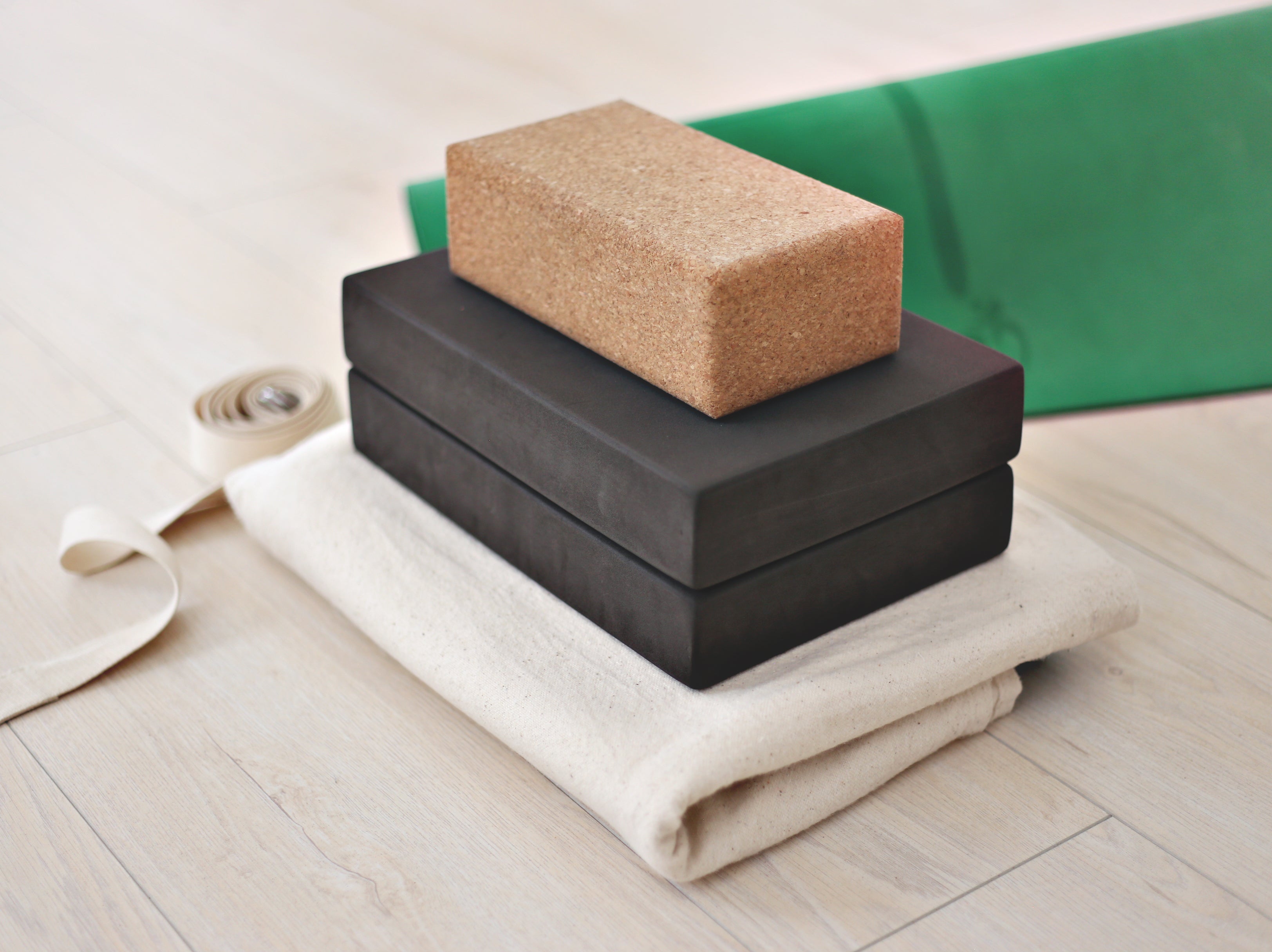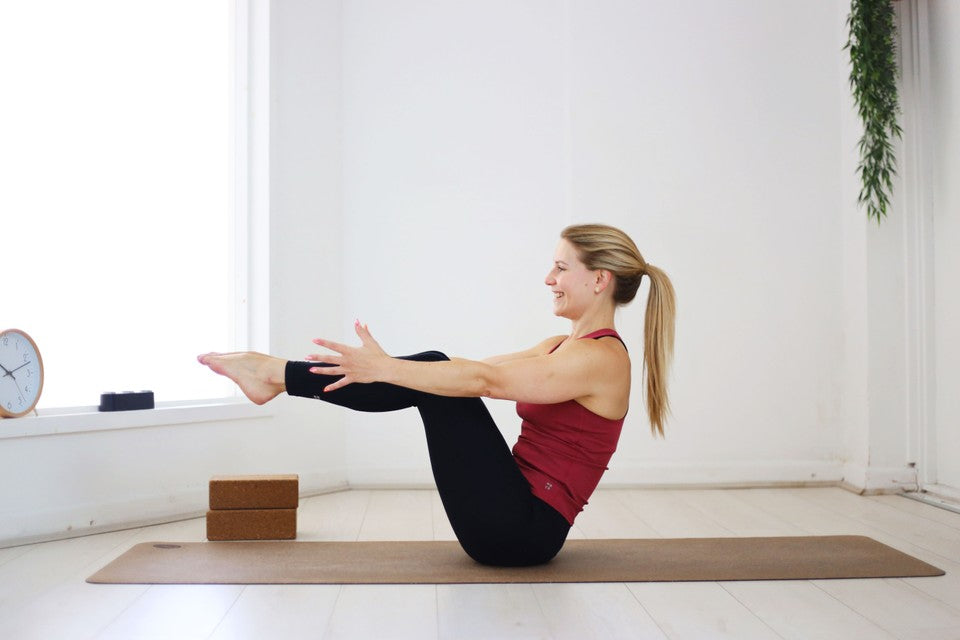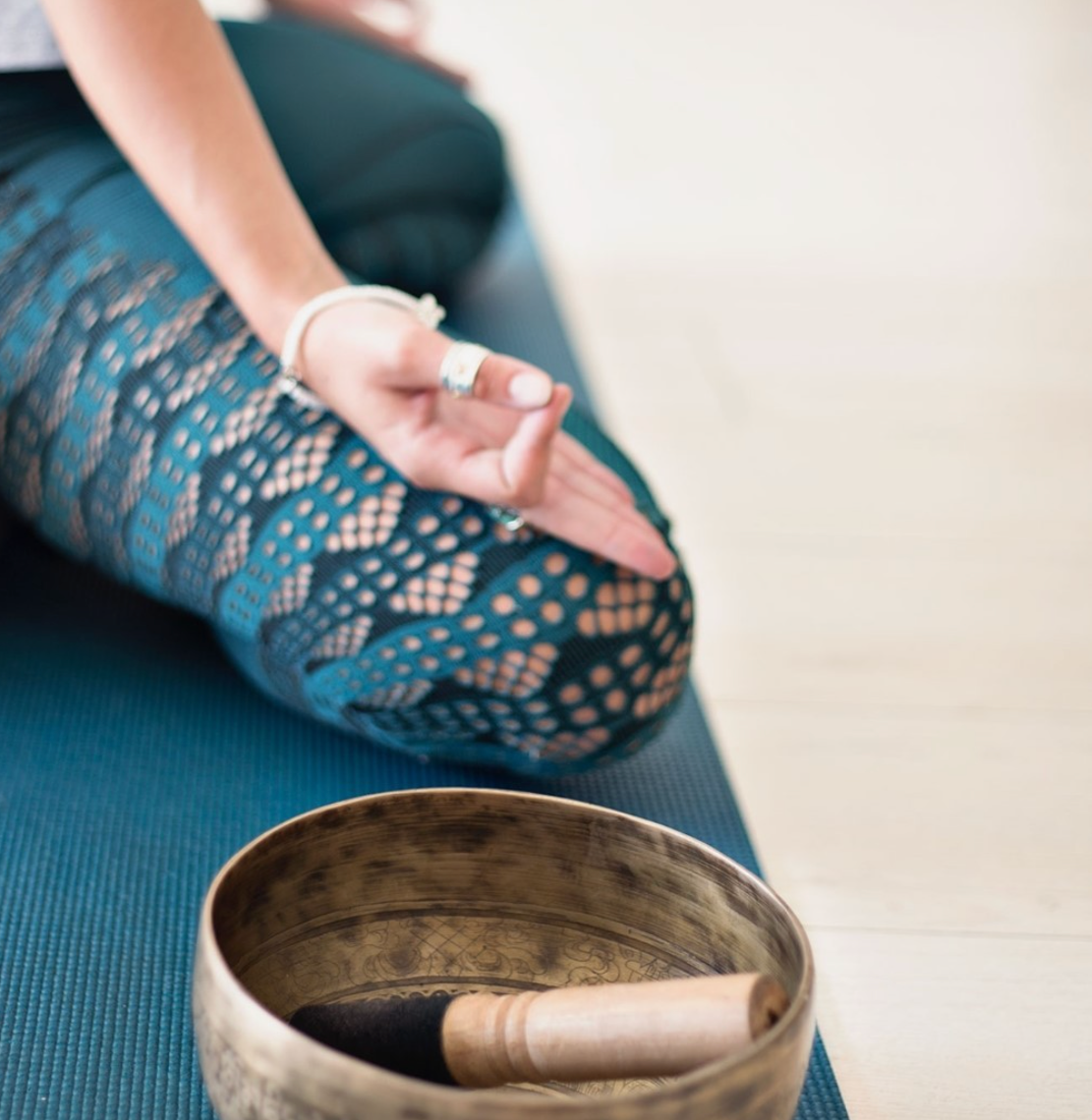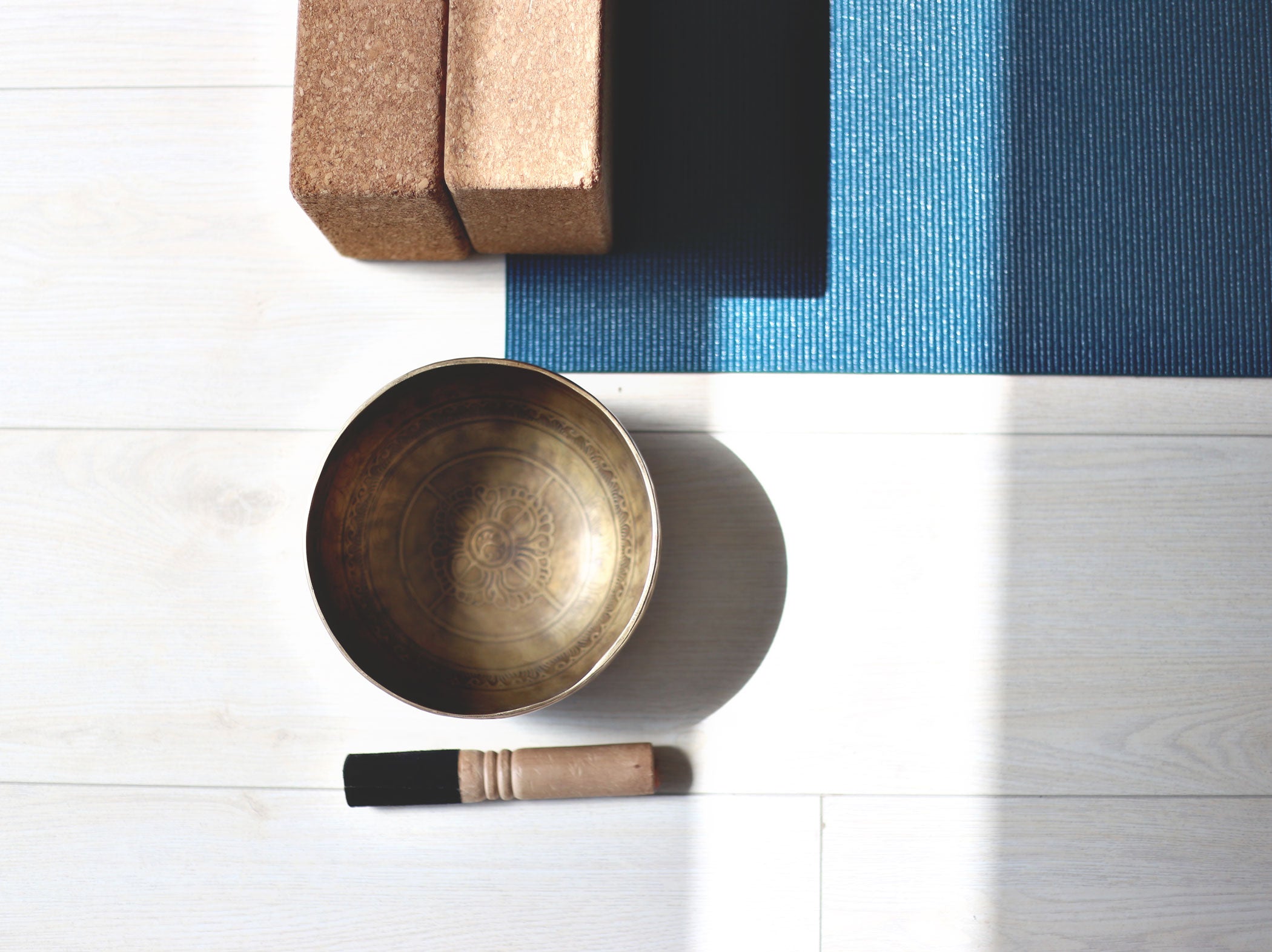Yoga Props: why + how we use them

Yoga props make great companions for your practice. They can support you in postures, help you go deeper and generally make your time on the mat more comfy and beneficial.
If you’re new to yoga or this is the first time you’ve practiced outside of the studio, getting to grips with props can feel a little daunting. So today we thought we’d take you through all the different props we have available in our Trika Shop and how they might enhance your time on the mat.
One of the more common props, these little guys are a staple sight around the studio and now in the homes of many of you! If you haven’t got your hands on a pair of cork blocks yet, then you may want to consider doing so for a number of reasons.
Mainly, they support you in both sitting and standing asanas, helping your body navigate each posture with the correct, and safe, form. As you settle into a shape, you might want to rest your hands on the short or long edge of your block to close the distance between you and the floor. This is super supportive in postures like Trikonasana (triangle pose), Ardha Chandrasana (half moon pose) and Anjaneyasana (low lunge).
Blocks are also helpful when practicing your transitions. Again they bring the floor closer to you, which can be game changing when building up the strength to jump through to a seated position from downward dog; using two cork blocks at either side of your torso will help you push down into the ground and be able to swing your legs smoothly under and out in front of you. It might take you lots of practice to be able to do this without putting your feet on the ground, but your blocks will definitely help you get there.
You can also use your cork block a little more actively as you navigate your practice. To make sure your legs are engaged in a certain posture or sequence, try slotting your block in between your thighs, engaging them to ensure it stays put. If your block slips free, then you’ll know you might need to engage them a little bit more next time. This is super fun in poses like Utkatasana (chair) and core exercises if you’re following a more conditioning flow.
While slightly different from our cork ones, these foam blocks offer the same kind of support in helping you find the proper postural alignment, just with a little more height. You can also use them in the leg and core strengthening practices we’ve mentioned above if you find them more comfortable to hold between your thighs.
The soft edges also make them ideal for some sitting bone support when you’re in a crossed legged position or on your knees. Lots of practices tend to start with some seated breathing or meditation, which might go on for a few minutes or so. Often our bodies aren’t used to staying seated on the ground for so long, so a foam block can really help you get comfy and settled.
We have two types of straps available in our shop and both could help you explore any tight areas in your body. The longer belt is commonly used in stretching off the hamstrings, whether you are standing, seated or balanced in a position that requires a degree of flexibility to hold. You may also want to explore Natarajasana (dancer’s pose) with the help of your strap, looping your ankle through before raising your leg behind you. Without needing the flexibility to reach your foot yourself, you can use the strap to explore the shape of your dancer and gently encourage more of an opening in your legs and back.
Your infinity strap can be used in much the same way, only its figure of 8 shape means it already has the loop there for you, making it nice and easy for you to hook your limbs as you explore different shapes in your practice. Each comes in different sizes to match your shoulder width and it is particularly great for keeping you aligned in your inversions, where the distance between your shoulders is vital for stability and strength!
Sometimes it’s in our least active postures that props can help us find the most space. You’ve probably heard your teacher mention bolsters as you wiggle your way into your Savasana, and that’s because they really can help you settle and enjoy all the juicy benefits of this restful pose. Simply placing your bolster under the backs of your knees before you cosy on down can release any tension in the lower areas of your spine.
If you’re looking to open up the front of your body a little more, you might want to position it horizontally under your back instead, running up the length of your spine as you settle yourself back. Let your arms fall out like you usually would in Savasana and enjoy a gentle opening of your chest and shoulders as you snooze it out.
As well as keeping you snug and warm in Savasana and meditation, your blanket has a few other skills up its sleeve. If you need some support when sitting on the ground but it isn't comfortable for you to perch on your foam block, then a few folds of your blanket might make a more suitable support. This works just as well if you're on your knees. Many of us suffer with tweaks and pains when in knelt positions, so don't hesitate to slip your blanket underneath if any discomfort comes up for you.
And if you don't currently have a bolster of your own, rolling up your blanket and slipping it under your knees or back as explained above works just as well to release any tension in your spine. You may even find your bolster creates too much space in these positions and your blanket all rolled up is the perfect shape for you. :)
Just play around and see how this, and all the props we've outlined above, work for your body and help you move through your practice with confidence and ease. That's really all props are here to do! To help you :D


